A green stormwater infrastructure design is one that incorporates a variety of different elements in order to facilitate the most eco-friendly flow of stormwater possible. Modern-day stormwater infrastructure is often anything but eco-friendly.
Therefore, the need for green stormwater infrastructure has increased. A green stormwater infrastructure design includes multiple elements all intended to maximize the eco-friendliness of the way in which stormwater is dealt with and diverted back into the ground.
There are plenty of unique elements in such a design, so in case you’re interested in building a design like this of your own, let’s discuss the 8 features of a successful green stormwater infrastructure design:
1. Disconnected Downspouts
Many downspouts in urban areas divert water directly into a sewer system. This often creates a strain on the local sewer system and degrades the quality of the water as it picks up pollutants on its way through the streets. By disconnecting your downspouts and letting water flow directly from your gutters into the ground below, you can divert stormwater directly back into the ground where it belongs.
Creating a permeable surface such as a small gravel pit directly beneath your gutters, you can send stormwater right back into the ground and lessen the burden on your local sewer system and water management system.
2. Harvesting Rainwater
By harvesting rainwater, you lessen the burden on the local sewer system and capture freshwater for later use. The water can be used to nurture pets and wildlife, as well as help water lawns and gardens. Rain barrels, aquifers, ground-level pits, cisterns, and even nets to capture dew and fog are all common methods used for collecting rainwater.
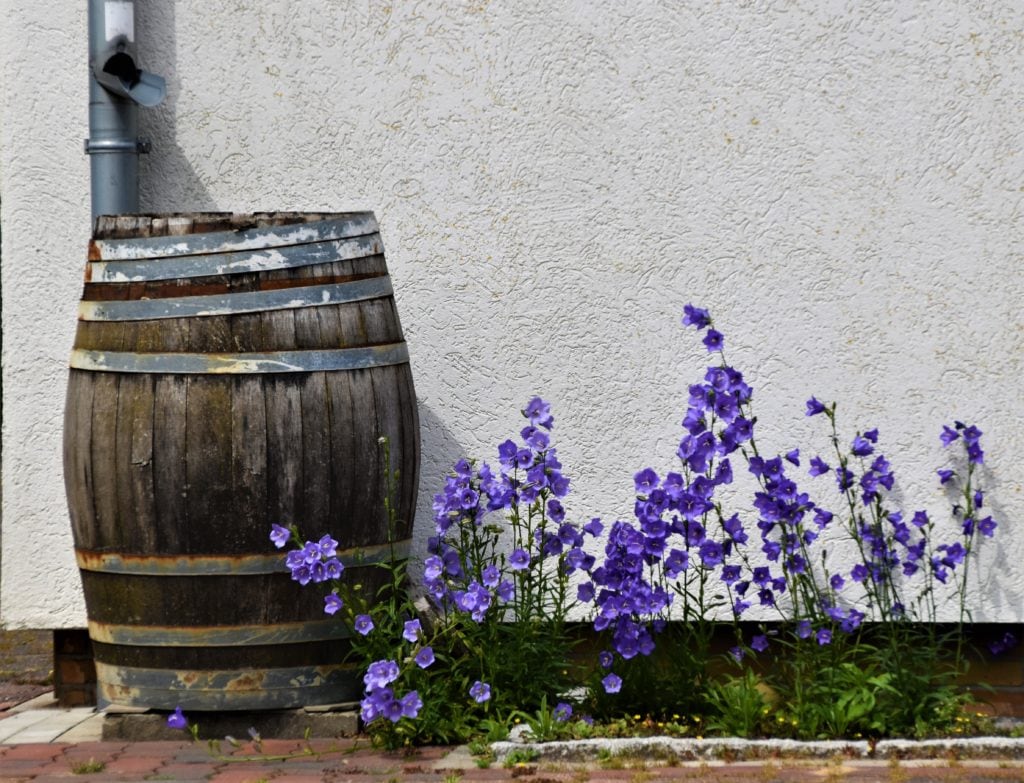
3. Planter Boxes
Mostly found in urban areas, planter boxes feature trees and/or plants and are used to help collect rainwater to lessen the amount that’s flowing on the streets and into the sewers. They’re most useful for areas that have limited space and can add a nice aesthetic element to any area.
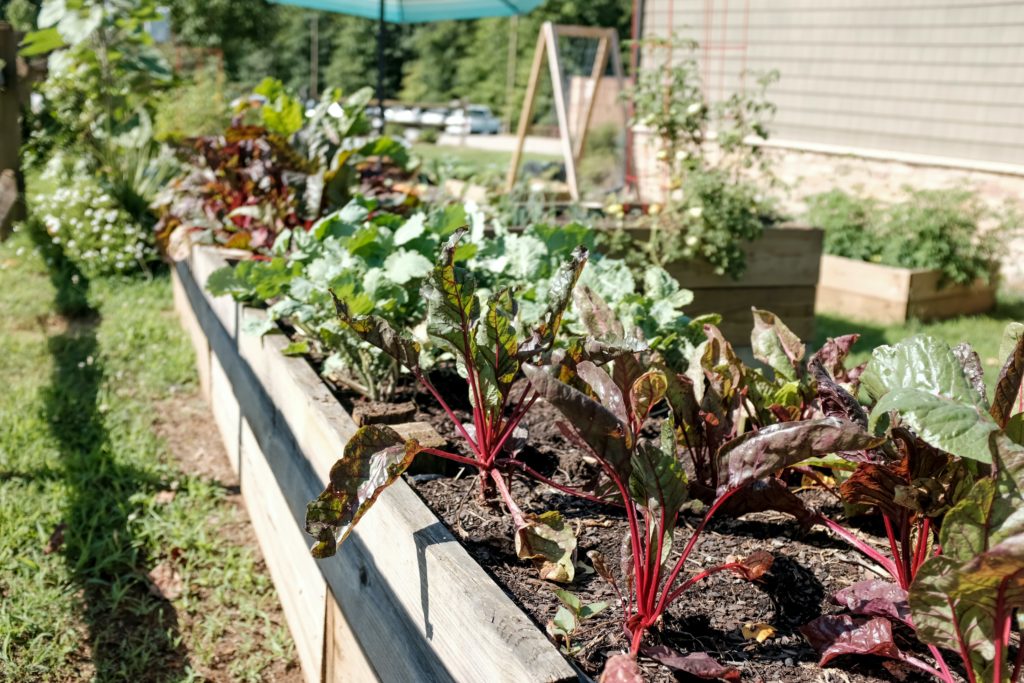
4. Bioswales
Bioswales are most often found near curbs and in parking lots. They use a lot of thick, short vegetation to help filter stormwater and slow down the flow as it makes its way into the sewers.
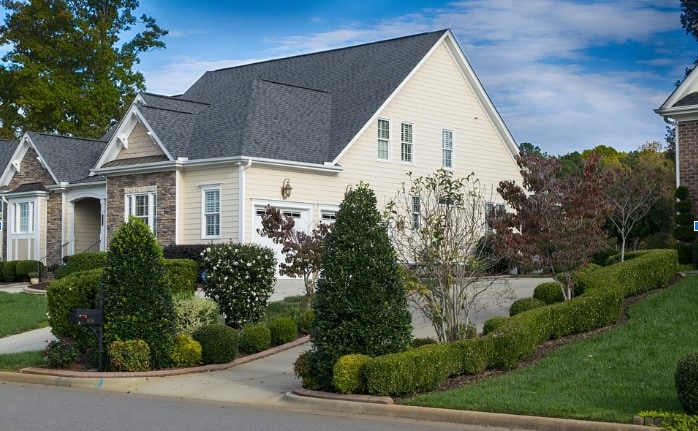
5. Green Roofing
Green roofs utilize plants and shrubs specifically to facilitate the infiltration of rainfall and allow for it to naturally evaporate as opposed to being directed into sewers. Green roofing is especially useful in urban areas where land and space are at a premium. Often the only place to put such a green area is the unused space on the roof, so green roofing is one of the most efficient types of green stormwater infrastructure.
6. Tree Canopies
Using trees as a way to absorb water is another popular answer to the question of what is green stormwater infrastructure. Trees not only absorb water in their leaves and branches, but also directly through their roots as well. In this way, trees help to slow, filter, and mitigate the flow of stormwater into sewers, while simultaneously providing shade and a calming effect on traffic.
7. Land Conservatories
Parks and other swaths of land that are almost wholly undisturbed by humans are the perfect bioswales. They provide all the benefits as many of the things described above, but to a much larger degree. A single park in the middle of a town can act as a quasi-storm drain and water filtration system all by itself.
8. Permeable Pavement
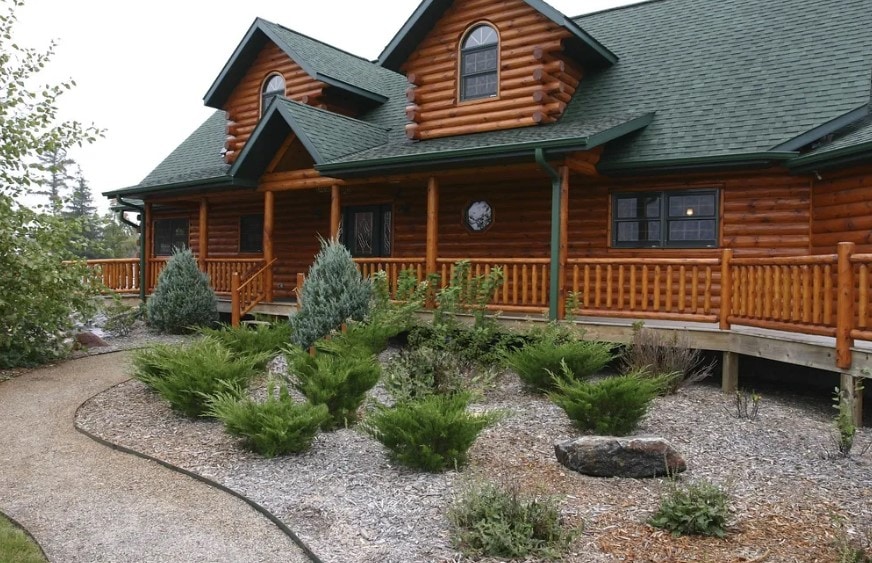
Permeable pavement is one of the most useful ways to create stormwater green infrastructure. Permeable parking lots, sidewalks, fire lanes, and pathways all help to facilitate stormwater drainage while also providing a paving option that can be used by humans.
Permeable pavement works by allowing water to drain directly through itself and into the soil below. It can be used to replace many other stormwater drainage systems considered to not be eco-friendly. It can also be used as a supplement in conjunction with the other items on this list.
Permeable pavers such as the kind made by TRUEGRID, for instance, are 100% permeable and can handle very heavy flows of stormwater without flooding.
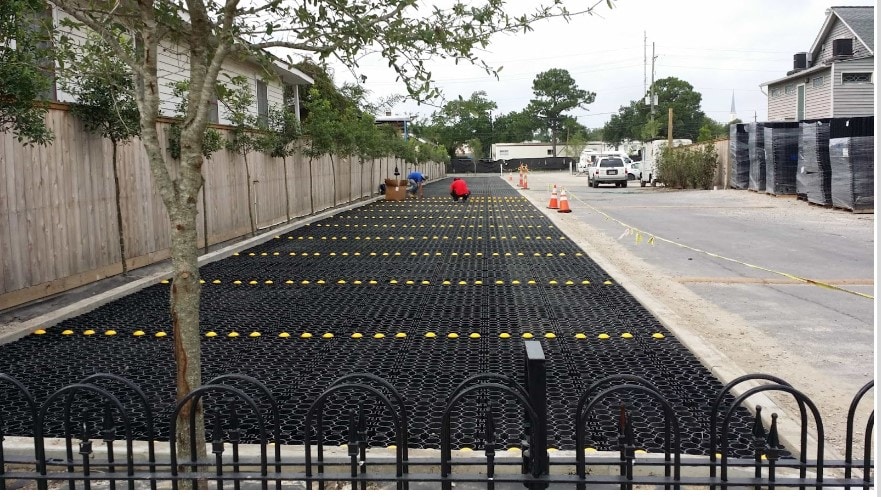
Implementing something like a permeable parking lot built from either TRUEGRID PRO LITE or TRUEGRID PRO PLUS pavers is one of the best ways to mitigate the need for additional stormwater drainage as well as contribute to the overall effectiveness of green stormwater infrastructure.
Plastic pavers will trap gravel and create a durable, level paved surface, and you can also help filter out any trash and/or debris that may have ended up in the sewers if you were using a regular asphalt or concrete parking lot.
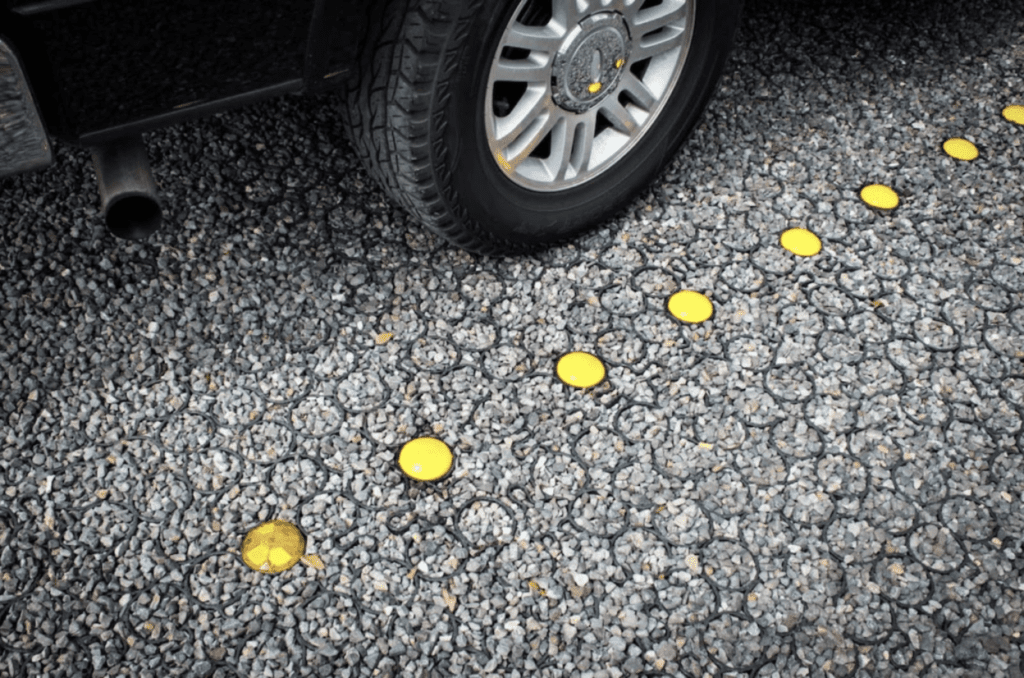
TRUEGRID Pavers Are a Valuable Part of Any Green Infrastructure Plan
If you want the perfect addition to your green stormwater infrastructure design, TRUEGRID pavers are an excellent choice. Not only do they divert stormwater into the soil instead of the sewers, they can also help filter the water and will last up to 60 years with only minimal maintenance required. If you’re looking for a high-value addition to your stormwater infrastructure design, contact TRUEGRID today to get in touch with a pavement professional for a free quote.



